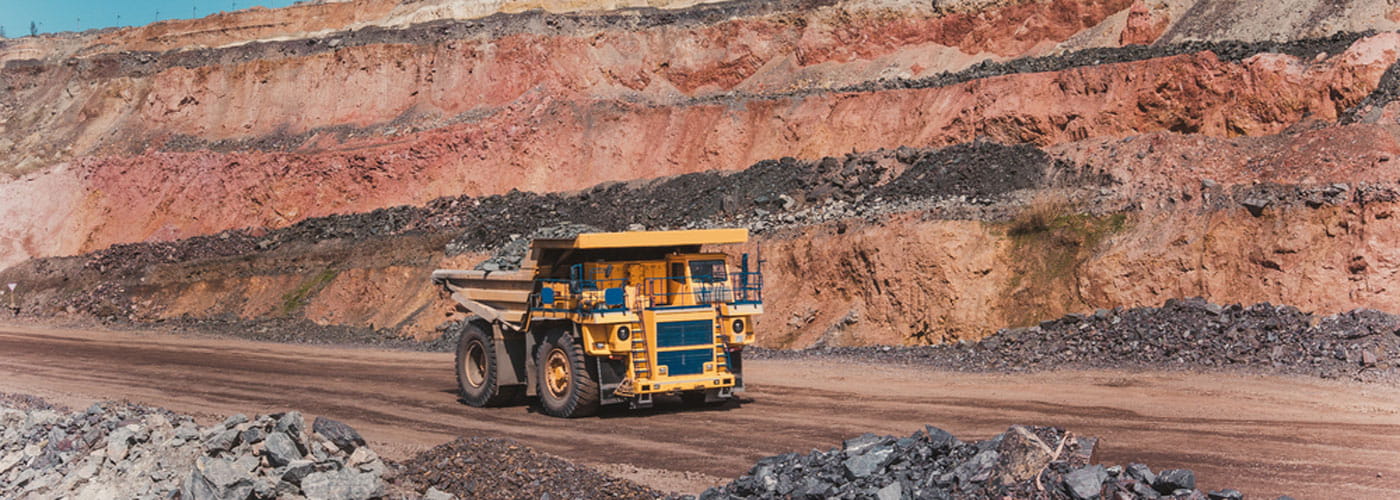

- Sector
- Energy & Marine
- Location
- Anglesey
- How we helped
- Compulsory purchase compensation Energy
The Minerals & Waste Management Division advised on the restoration of the Dinmor coastal quarry on the north eastern tip of Anglesey.
The extraction and processing of limestone had taken place at the Dinmor coastal quarry on the north eastern tip of Anglesey since the early 1900s, coming to an end 20 years ago. The site had not undergone any formal restoration and there were significant volumes of permitted reserves remaining.
The landowners approached Carter Jonas in 1997 and preliminary discussions with the last operators commenced with a clear brief to secure a first-class restoration for the site. The main aims were to make the area safe, improve the stretch of coastline both visually and ecologically, and to ensure the site was restored to a state that offered more profitable opportunities to an agricultural after use.
The scheme incorporated the findings of a geotechnical survey on the stability of the old quarry faces as well as proposals to address coastal erosion, public safety, landscaping, and habitat recreation. The quarry floors were levelled, old buildings removed, soil and overburden stockpiles used, and the old quarry jetties removed. One of the main achievements of the exercise has been its contribution to attracting a multi-national fish farming company to part of the site.
The previous operator bore the cost of the restoration, which ran into several hundred thousand pounds.


